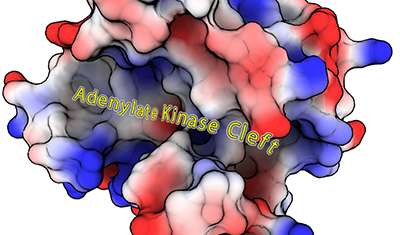|
Text Scaffolds for Effective Surface Labeling Greg Cipriano and Michael Gleicher University of Wisconsin-Madison |
|
|
|
|
| |
|
|
||
| Abstract |
In this paper we introduce a technique for applying textual labels to 3D surfaces. An effective labeling must balance the conflicting goals of conveying the shape of the surface while being legible from a range of viewing directions. Shape can be conveyed by placing the text as a texture directly on the surface, providing shape cues, meaningful landmarks and minimally obstructing the rest of the model. But rendering such surface text is problematic both in regions of high curvature, where text would be warped, and in highly occluded regions, where it would be hidden. Our approach achieves both labeling goals by applying surface labels to a ’text scaffold’, a surface explicitly constructed to hold the labels. Text scaffolds conform to the underlying surface whenever possible, but can also float above problem regions, allowing them to be smooth while still conveying the overall shape. This paper provides methods for constructing scaffolds from a variety of input sources, including meshes, constructive solid geometry, and scalar fields. These sources are first mapped into a distance transform, which is then filtered and used to construct a new mesh on which labels are either manually or automatically placed. In the latter case, annotated regions of the input surface are associated with proximal regions on the new mesh, and labels placed using cartographic principles.
|
|
| Paper |
Greg Cipriano and Michael Gleicher. "Text Scaffolds for Effective Surface Labeling" IEEE Transactions on Visualization and Computer Graphics (Proceedings Visualization 2008) in October 2008. [PDF]
|
|
| Video | ||
| Slides |

